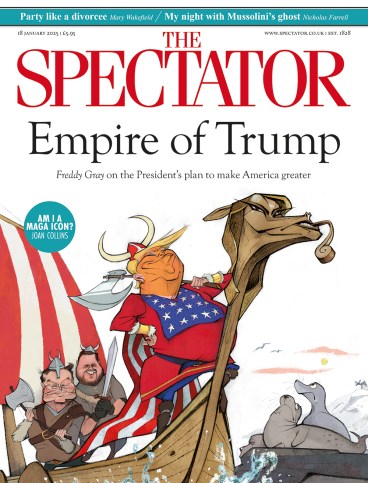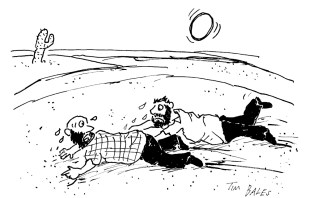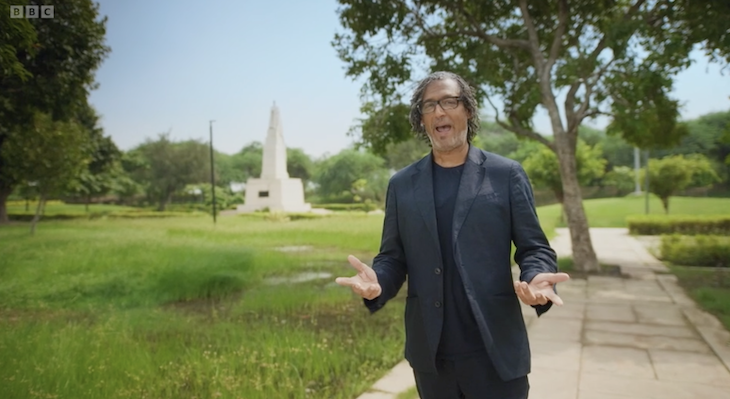
This multitudinous chronicle is not the story of the folk music revival. Rather, it’s not only the story of the folk scene in Greenwich Village from the late 1950s through the early 1980s. Ambitiously, sometimes overwhelmingly, but always fascinatingly, David Browne – a senior editor at Rolling Stone – composes his book of interconnected stories stemming from jazz, blues, folk, folk-rock and all the complementing, competing musical genres that could define what’s been played in the basement nightclubs and coffee houses in this small area of New York City since the early 20th century.
He takes his title from the talkin’ blues, the direct ancestor of rap, and he is, like the writers of those blues, a born storyteller. Gliding from the founding of the Village itself (Greenwich means ‘green village’, so the Village is redundant), through the opening of Max Gordon’s Village Vanguard in February 1935, up to the somewhat idiosyncratic choice of Suzanne Vega on Cornelia Street in the mid-1980s, Browne leaves out very little. He memorialises the venues themselves like a Victorian writer turning a debtors’ prison or house on the high moors into a character, brings into focus musicians only slightly regarded or near-forgotten who deserve every bit of credit he gives them, and celebrates both the living and the dead.
There must be some organising figure for a book this detailed and vast, and, rightly, it is Dave Van Ronk. The Brooklyn-born Van Ronk was a singer, multi-instrumentalist, music historian and scholar, and he knew it all: Robert Johnson’s blues, Scott Joplin’s ragtime, jazz, gospel, ancient ballads, sea shanties, and what had just been written in a cellar or garret by a friend that very week. Toweringly tall, black-haired and bearded, he both generated and dominated the Village’s burgeoning folk scene from the appearance of his first Folkways album, Dave Van Ronk Sings Ballads, Blues and a Spiritual (1959), when he was 23. Browne ends his book with Van Ronk’s death in 2002 – by which time both folk music and Greenwich Village were already changed utterly.
The Village was so full of activity and vitality, and there are so many names and performances to remember and to celebrate, that the cheek-by-jowliness staggers. Clubs were subterranean crucibles where jazz, folk, blues, crooning, instrumentals, poetry readings and other spoken-word raps swirled in a potent brew of possibilities. Some of the old places are long gone, some have moved to other locations, and some still have live music most nights. Their very names are incantations: Kettle of Fish, Café Figaro, Gerdes (or Gerde’s) Folk City, Bon Soir, the Bitter End, Fat Black Pussycat, the Gaslight, Café Bizarre.
Izzy Young, thank heavens, didn’t take over his family’s bakery in the Bronx, or remain a pre-med student and spend his life as a Brooklyn doctor. Instead, he founded the Folklore Center on MacDougal Street in 1957 and arranged for Bob Dylan to perform uptown at Carnegie Hall (in the Chapter Hall) in 1961. But another early champion of Dylan’s, Pete Seeger, is eerily absent. Without Seeger, there would have been no Greenwich Village folk revival. As a child in the 1960s, I knew Seeger’s voice as well as I knew that of family members, and could sing along with everything from bloody ballads to workers’ anthems. That he lived to be 94, and performed live to sold-out audiences until two months before his death in 2014, does not fit the rise-and-fall theme of Talkin’ Greenwich Village, but it is true, and matters. Happy Traum once told me that without having heard Seeger at the Brooklyn Academy of Music when he was a teenager, he might not have become a folk singer. He’d have stuck with the blues he was already learning from Brownie McGee.

Similarly missing in the action is Paul Clayton, folk superstar, who was, as Dylan recalled of his friend in Chronicles, Vol. 1 (2004), ‘unique – elegiac, very princely – part Yankee gentleman and part Southern rakish dandy. He dressed in black from head to foot and would quote Shakespeare’. Clayton travelled the hills and hollers of the Blue Ridge Mountains singing songs he knew would induce ancient performers to share with him their versions of ballads and original compositions. He recorded hundreds of them for Folkways, but gets just two mentions in this book.
However, Browne’s showcasing of Danny Kalb and the Roches and his superb biographical sketches of many lesser known musicians are commendable. Stepping from these pages, for example, are Sheila Jordan and her friend Herbert Khaury, ‘a stringy-haired, one-man freak show from the Bronx, who played a ukulele, sang in an eerie quaver and had a deep reservoir of knowledge of pre-rock-and-roll history and songs’. Khaury was a performer who first called himself Larry Love, before settling on the alias of Tiny Tim. Richie Havens, Odetta, Len Chandler and other black musicians who experienced both the relative colour-blindness of other Village folksingers and the prejudice of the outside world, the police and locals living near Washington Square, are given credit for both their musicianship and their importance to the civil rights movement.
Clubs were subterranean crucibles where jazz, folk, blues and poetry readings swirled in a potent brew
The ‘beatnik riot’ of 9 April 1961, when the New York City Department of Parks and Recreation rejected musicians’ application for a renewal of the then-required permit to play music in Washington Square, unfolds like a movie. Izzy Young conducted the folkies in ‘The Star-Spangled Banner’, but they were rounded up and arrested anyway. The newly arrived Dylan wrote an unpublished, full-on protest song about the riot.
Peter Stampfel (of the joyously named Holy Modal Rounders) recalls his first sight of Dylan in the Village, wearing motorcycle boots and carrying his guitar. ‘I thought, “He’s from New Jersey,” because you only carry your guitar case to get laid.’ Then he heard Dylan sing: ‘His phrasing was rock and roll. I realised a merger [of folk and rock] was absolutely on the table.’ Soon Dylan was being managed by Albert Grossman, a Chicago-born economist who had co-founded the Newport Folk Festival in 1959. When Dylan ‘went electric’ at that festival in 1965, rock showed its swift, hard upper hand. Fare thee well, folk.
It’s a stretch to conclude Talkin’ Greenwich Village in 2002, perhaps, but the reach of folk music and what Greenwich Village means in popular culture is long indeed. Together with Terri Thal’s memoir My Greenwich Village: Dave, Bob and Me (2023), Talkin’ Greenwich Village provides a vivid picture of the folk times of the 1960s and 1970s, as well as the long shadows that trail into subsequent decades across the wickerwork of streets and alleys near Washington Square. Feel the power of those singalong-in-the-sun days and smoky club nights every time you pick up a Folkways album – or when you listen to records of ‘folklore’ from Nelly Furtado, Taylor Swift and a legion of musicians unborn in those times but steeped in the old stories.







Comments